
19th Amendment
Women in America first collectively organized in 1848 at the First Women’s Rights Convention in Seneca Falls, NY to fight for suffrage (or voting rights). Organized by Elizabeth Cady Stanton and Lucretia Mott, the convention sparked the women’s suffrage movement. Not everyone followed the same path in fighting for women’s equal access to the vote, and the history of the suffrage movement is one of disagreements as well as cooperation.
While women were not always united in their goals, and the fight for women’s suffrage was complex and interwoven with issues of civil and political rights for all Americans, the efforts of women like Ida B. Wells and Alice Paul led to the passage of the 19th Amendment. Signed into law on August 26, 1920, the passage of the 19th Amendment was the result of decades of work by tens of thousands across the country who worked for change.
Use this site to discover some of the stories of women and men who fought for women’s suffrage rights. You’ll also find resources for children and adults, including essays on suffrage, storymaps, and lesson plans.
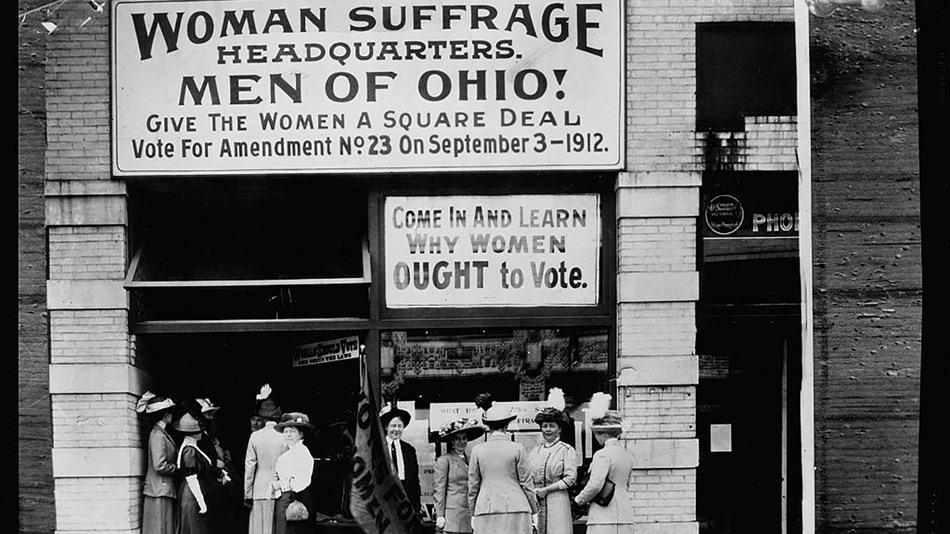
Women’s Access to the Vote Across the US
This series of 14 articles gives a comprehensive history of woman suffrage and the 19th Amendment across America.
-
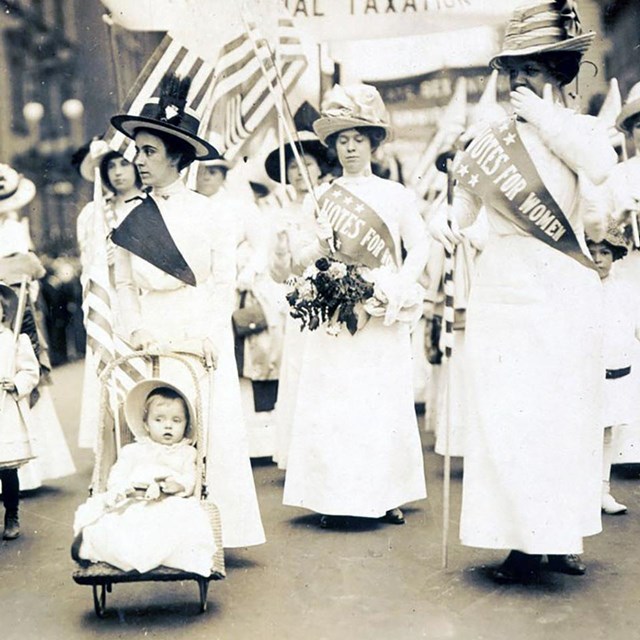
The 19th Amendment: A Crash Course
A quick overview of woman’s suffrage and the 19th Amendment.
-
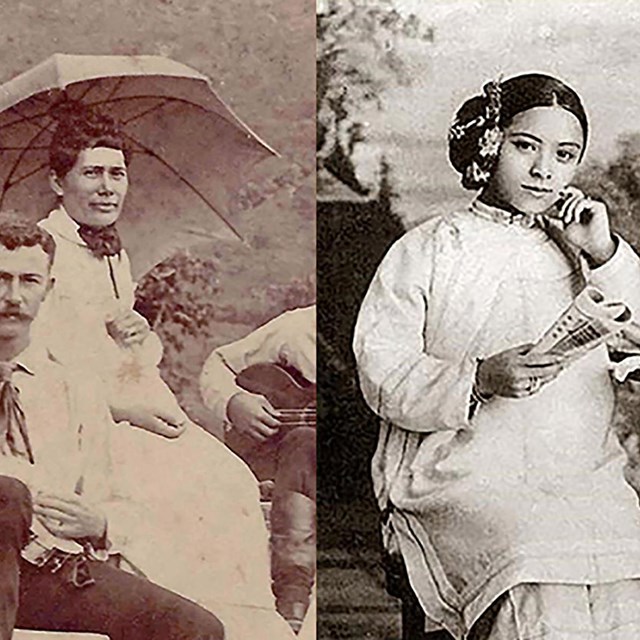
20 Suffragists To Know for 2020
Read about 20 suffragists and the work they did to get women the ballot
-
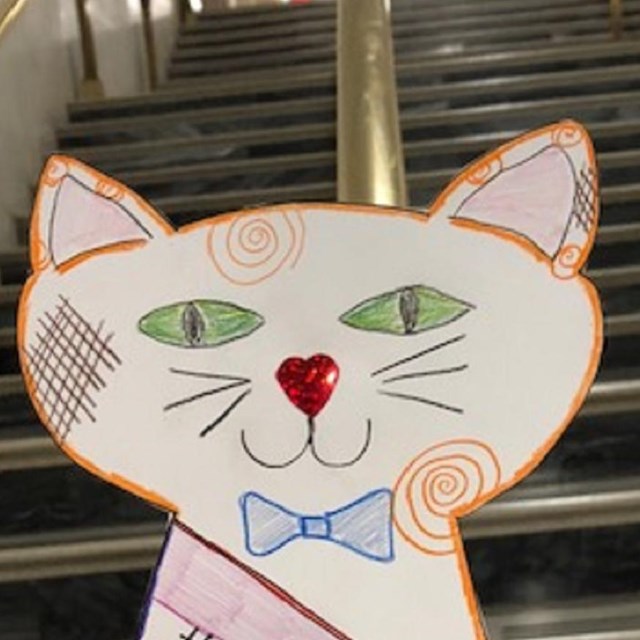
Kids Activities
Express your creative side with kids activities relating to women’s history and women’s suffrage.
-
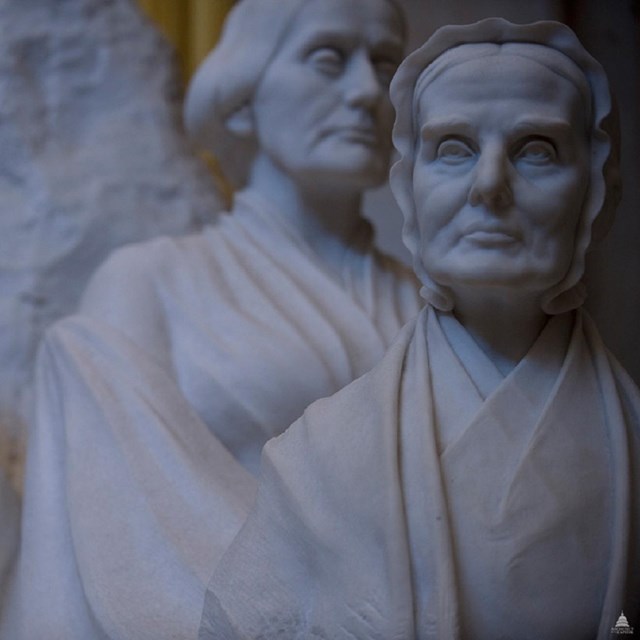
The Early Suffrage Movement
When a small group of women gathered in Seneca Falls, NY in 1848, they galvanized a movement for women’s suffrage.
-
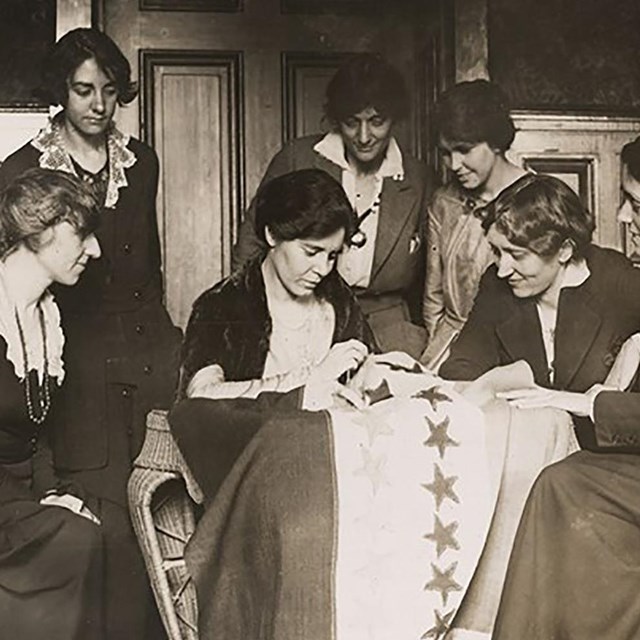
FOLLOW ALONG IN REAL TIME
The State-by-State Race to Ratification
Follow the race to the ratification of the 19th Amendment. As each state ratifies (or rejects) the amendment, find their stories here.
-
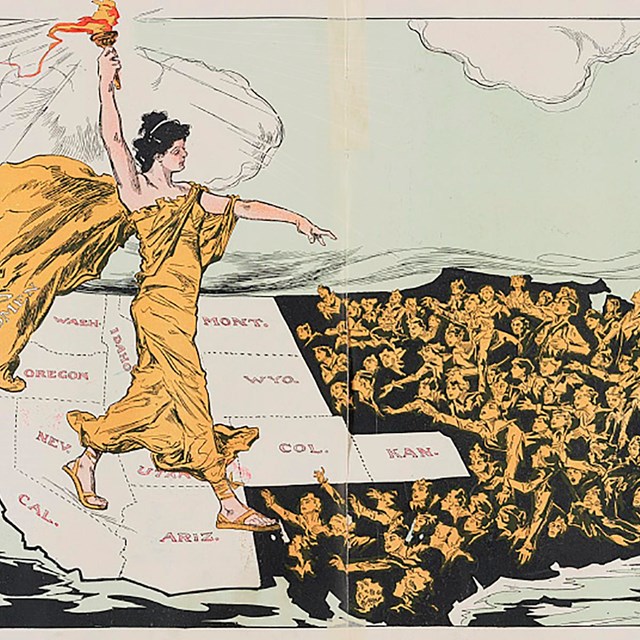
19th Amendment By State
Explore the state histories of the ratification of the 19th Amendment and women’s right to vote.
-
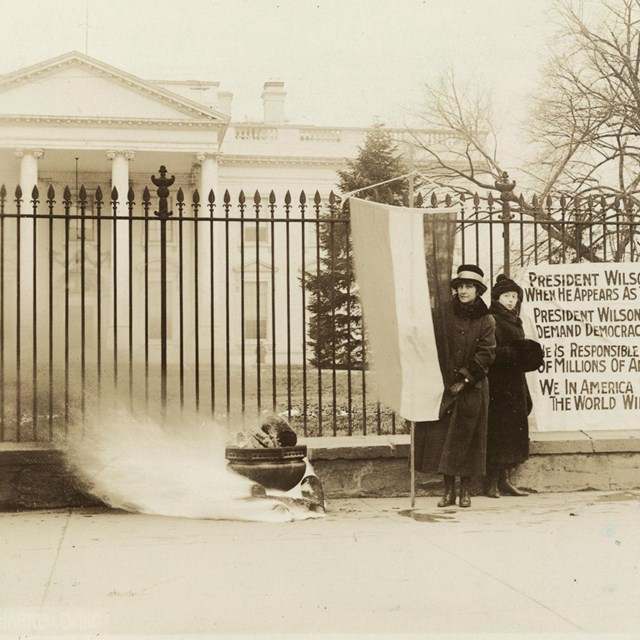
FROM 1648 THROUGH 2016
Expanded US Women’s Suffrage Timeline
An extended timeline of the fight for women’s suffrage in the United States, from Margaret Brent to Belmont-Paul Women’s Equality
-
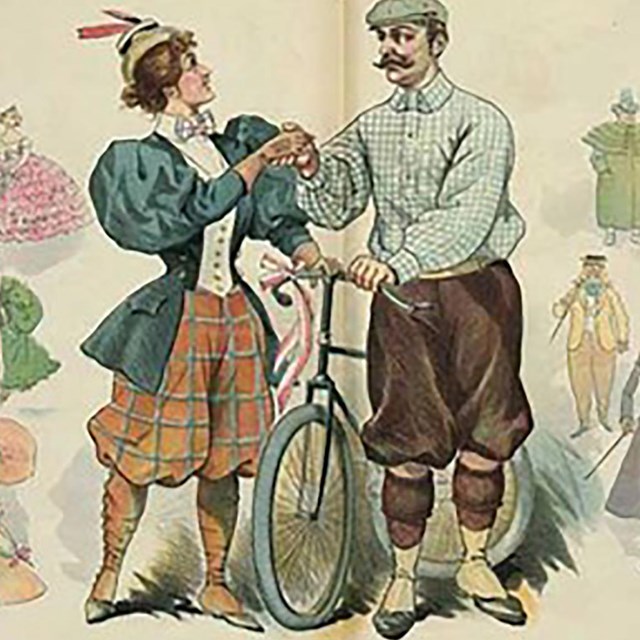
LESSON PLANS FOR TEACHING THE 19TH
Teach It!
A collection of lesson plans for teachers to engage with the 19th Amendment and Woman Suffrage with their students.
-

ACROSS THE US
StoryMap: The Ratification of the 19th
Explore the ratification of the 19th Amendment throughout the US, from the first state in 1920 to the last state in 1984 (plus 2!)
-
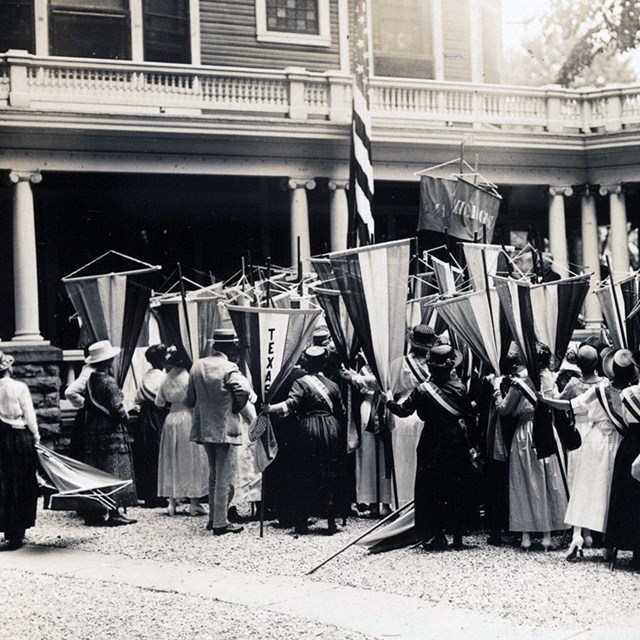
19th Amendment Events Across the NPS
Looking for 19th Amendment events across the National Park Service? Check out our calendar.







